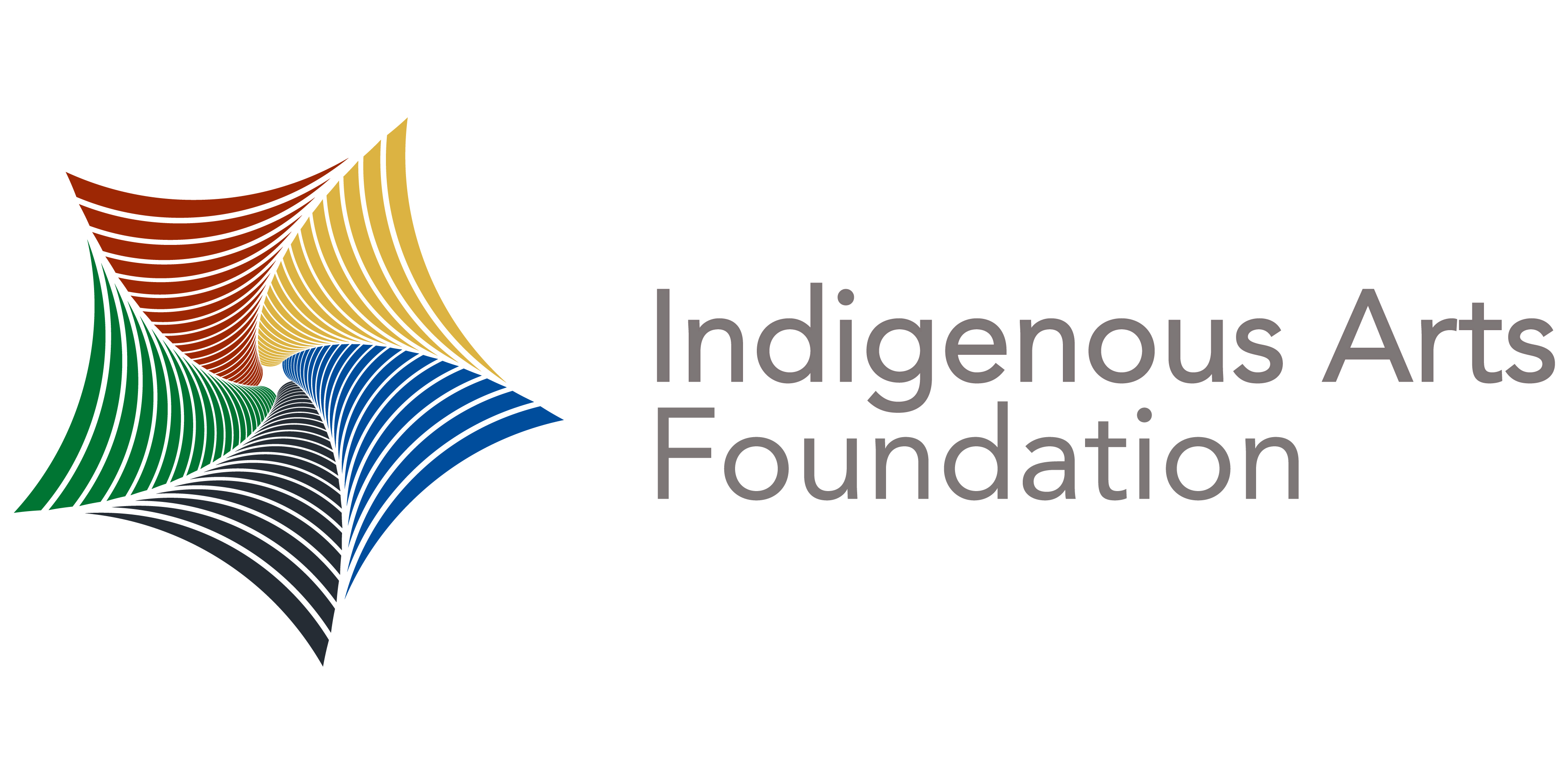The Evolution of Indian Folk Art: A Journey Through Different States
- indigenousartsfoundation
- April 22, 2024

i
ndian folk art is a colourful tapestry that unites the nation’s diverse cultural history. Folk art forms are rooted in tradition and have been passed down through the generations. Over a period of centuries, they have evolved to reflect the beliefs, practices, and lives of many people across different states. Explore the growth and cultural value of Indian folk art and travel around this blog’s colourful and diverse world.
North India:
Folk art traditions like Phad painting from Rajasthan, Pattachitra from Odisha, and Madhubani painting from Bihar have long expanded in the northern regions of India. These forms of art frequently portray scenes from storytelling, mythology, and everyday life, telling tales and expressing cultural values with vivid colours and fine details.
South India:
Folk art can be found in many different styles in the southern states of India, including the Warli paintings of Maharashtra, the Tamil Nadu Kolam, and the Andhra Pradesh Kalamkari. Natural colours, geometric designs, and themes drawn from nature, animals, and religious figures are characteristics of these art styles.
East India:
Folk art traditions from the eastern regions of India, such as the Santhal painting of West Bengal, the Terracotta art of Bihar, and the Pipli embroidery work of Odisha, highlight the rich cultural legacy of the region. These artistic expressions frequently reflect habits and farming methods, demonstrating a close connection between the arts and everyday life.
“Indian folk art is a kaleidoscope of traditions, a testament to the enduring spirit of creativity across diverse landscapes and communities.”
West India:
Folk art from Gujarat (Mata ni Pachedi), Rajasthan (Kaavad storytelling), and Madhya Pradesh (Gond art) are popular in the western states of India. These artistic mediums often include cultural and spiritual aspects along with themes drawn from religion, mythology, and cultural tradition.
The development of Indian folk art is evidence of the country’s rich cultural legacy’s that lasts creativity and hard work. Folk art, which weaves together various elements of tradition, creativity, and community spirit, has attracted and inspired people since the time of the ancient cave paintings to the modern era. Let us appreciate and protect these priceless cultural treasures for future generations as we celebrate the diverse tapestry of Indian folk art.






